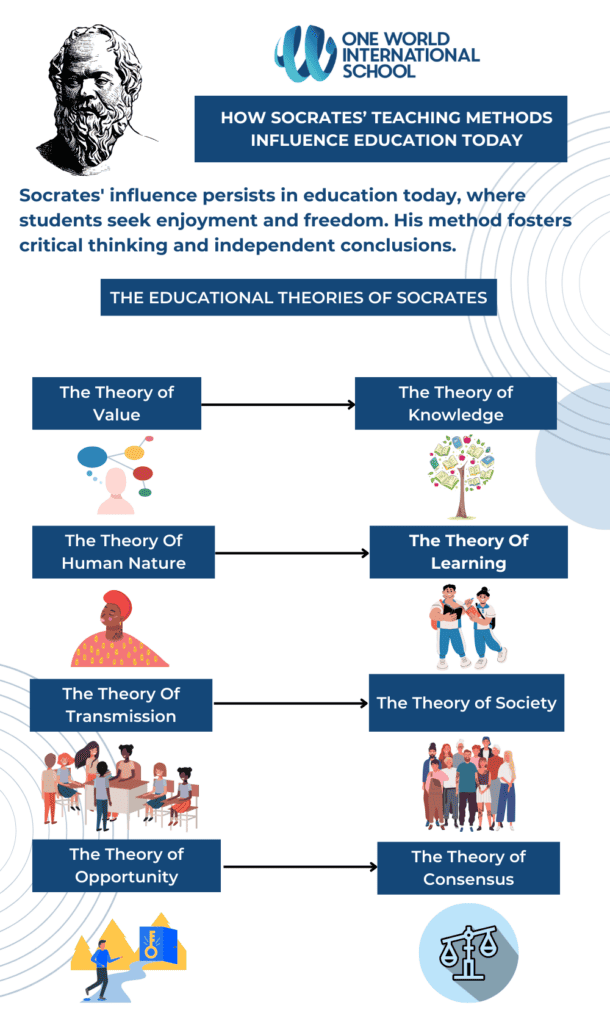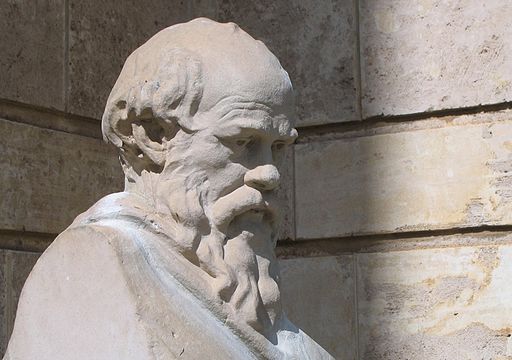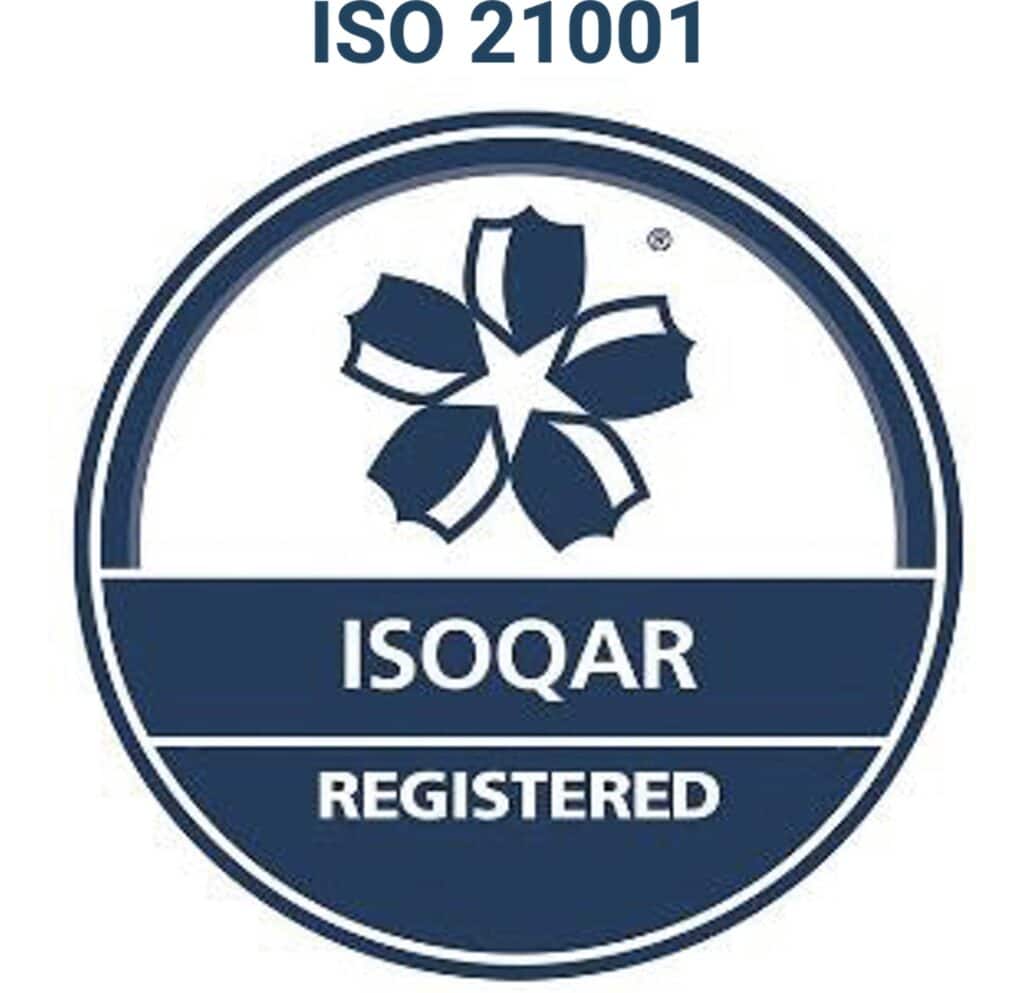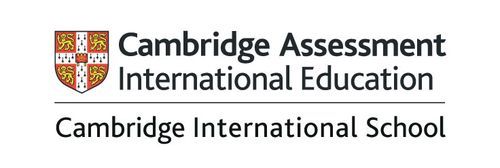Socrates has long been considered the father of modern education. He believed that as self-learners we must first admit to our ignorance and realise that there is a world of knowledge ready to be accessed, but only once we can accept that we don’t already know everything. We must also accept that what we do ‘know’ might not be as correct as we think. The Socratic Method of education encourages students to ask questions, think critically and come to their own conclusions.
I believe that modern educational frameworks such as those offered by the IB have been inspired, knowingly or unknowingly, by the Socratic approach. The educator’s role is to inspire and give students opportunities for the exploration of their skills and knowledge, rather than to lecture. Learning should be led by the learner and students should be able to express what they have learned as an individual and in their own unique way.
How Socrates’ teaching methods influences education today
Every generation of learners is different and has different expectations for their educational experience. However, one thing has remained constant throughout the course of time: all learners want to enjoy themselves, and all learners want freedom throughout the learning process.
It is important that educational administrators and teachers keep this in mind as they are planning and implementing their curriculum programmes. Most schools have an educational framework for their chosen curriculum which includes a set of expectations for what each student should have learned after completing the programme. While these expectations are clearly outlined, the method for getting there is not always well-defined. This allows teachers to get creative and use their own approaches to educate students within the prescribed framework of the curriculum. Socrates was a pioneer in creative methods of teaching and learning and his legacy continues in the creative freedom that our contemporary educators employ.

The Educational Theories of Socrates
Socrates was best known as a man of questions. He had questions about everything — from the practicalities of everyday life to the existential natures of the human mind. As he guided and mentored his own students, he encouraged them to ask questions. He felt that learners could only obtain knowledge if they genuinely wanted to seek it for themselves.
In fact, it was not uncommon for students to ask Socrates a question, only to have him not provide the answer. Instead, he would ask his students questions in return, forcing them to think critically and draw their own conclusions based on facts and research. He also strongly felt that students should experience what they were learning about, rather than simply read about a topic or study it from a secondary source.
- The Theory of Value — Socrates’ Theory of Value was based on trivial and important knowledge and attempted to identify what type of knowledge was worth learning.
- The Theory of Knowledge — In his Theory of Knowledge, Socrates breaks down the various types of knowledge and what makes knowledge different from a personal belief.
- The Theory of Human Nature — Socrates’ Theory of Human Nature explores what makes humans different from other species, and he notes that humans are able to differentiate between right and wrong.
- The Theory of Learning — His Theory of Learning notes that humans can only gain knowledge once they realise that they do not have it to begin with. It acknowledges that questioning is the root of the educational process.
- The Theory of Transmission — Socrates explains, through his Theory of Transmission, that there is not one type of teacher. He notes that many types of people using a variety of methods can be effective teachers who transmit knowledge.
- The Theory of Society — In Socrates’ time, knowledge was not acquired within a specific classroom or learning. It took place through societal interactions. He explored this concept through the lens of the class system of Ancient Athens.
- The Theory of Opportunity — In Socrates’ Theory of Opportunity, he touched on who was meant to gain knowledge and who should attend a form of school. He rejected the idea of gaining knowledge just for the sake of it and preferred people to gain knowledge that they could apply to their lives or professions.
- The Theory of Consensus — In the Theory of Consensus, Socrates states that humans should use their moral virtues to guide their disagreements and come to a consensus.
The Socratic Method in the Modern Classroom
The Socratic Method is an ancient practice that is still relevant in today’s modern classrooms. In fact, with the increasingly complex challenges that the interconnected world is facing today, it may be more relevant than ever before.
Here are just a few of the ways that the Socratic Learning Method is implemented in modern-day classrooms:
- Students have an opportunity to direct their own learning. In classrooms today, students are able to customise the learning experience and guide their own learning by setting objectives for themselves. With their teachers, they create a plan to achieve those goals.
- Students often work in group-based settings in order to improve their collaboration skills. Students learn to work with their peers and navigate different ideas as they come to a consensus on how to approach their project.
- Students have the chance to choose a format that allows them to showcase their learning. For example, they may have an opportunity to create a video in order to fulfil the requirements of the assignment, or they may prefer to design a brochure. They can apply their learning and knowledge in a way that works best for them.
- Students are questioned by their educators, inspiring them to dig deeper and think more critically throughout the learning process. As students submit work and document their progress, their teachers will ask questions — just like Socrates did to his own students. This forces the students to look inward and continue seeking more knowledge as they complete their work.
- Students receive feedback from their teachers, giving them the confidence they need to keep moving forward on their educational journey. As teachers celebrate their successes and their progress, they help them decide on the next steps they need to take in order to complete the work and continue gaining knowledge from the experience.

Blending Other Teaching Methods with the Socratic Method
For generations, educators have realised the value that Socrates offered through his words, actions and well-developed theories. However, most teachers and administrators have found that blending the Socratic approach to teaching with different strategies provides students with a well-rounded experience.
For example, Socrates would never have dreamed of giving his students a worksheet to complete at the end of a unit to determine if a student had met the goals established by the chosen curriculum. However, in the dynamic classrooms of today, teachers and administrators work to blend other teaching methods with the approach that Socrates used.
By providing students with resources, such as books, videos or learning apps, teachers give them the tools that they need to study in a way that feels comfortable to them. Worksheets and other assignments allow students to become aware of their learning experience and determine whether or not they fully understand the topic at hand. All of these additional learning materials have value and are utilised in classrooms to provide students with a balanced learning experience. By blending the Socratic Method with other teaching methods, teachers are more likely to reach all students and provide them with every opportunity to be successful.
Examples of Socrates’ Influence at OWIS
Students in all grade levels will quickly realise that Socrates has heavily influenced the learning environment at One World International School. Many of the projects and assignments that they are required to complete involve a variety of elements, including critical thinking, questioning and collaborative work. The teachers at OWIS go above and beyond to ensure that students have opportunities to experience their lessons in the real world — much like Socrates did for his own students in Ancient Greece.
Here’s an example from my own experience in a Grade 10 Business Studies class: I gave my students an assignment to create a brand for a new energy drink. I asked students to read the relevant chapter in their textbook to determine which areas they needed to show evidence of learning in . Instead of answering questions on a worksheet about the chapter they read, students were required to:
- Conduct market research
- Adjust their ideas and pitches based on the feedback they received from their market research
- Price their own product
- Design packaging for the energy drink they created
This hands-on project required innovative thinking and collaboration. It was far more effective at teaching students about the business world because they were immersed in the experience and discovering their skills through their experiential learning project.

Throughout their educational journey, most students are looking toward the future. They are dreaming of what they want to be and who they want to become. As they look forward, it’s important that educators also look to the past. Socrates may have lived in Ancient Greece hundreds of years before the Common Era, but his influence on our educational systems and ways of thinking extends into the present day.
If Socrates had access to the never-ending reaches of the internet and an endless wealth of information, who knows what he could have done? If teachers attempt to take the same approach as Socrates and apply the Socratic Method in the classroom, they will be able to help their students become the lifelong learners that the world needs most right now.

To learn more about how Socrates’ experiential learning methods are applied in our secondary school, and to understand OWIS’ educational philosophy, contact us or schedule a school tour with us.
(This blog was originally written in collaboration with Ms Luna Deller, former Deputy Head of School, OWIS Nanyang.)














